Want to do something that will get you outside, help you eat better, and save you money? Planting your vegetable garden at home is an excellent method to cut grocery costs without sacrificing the quality of the food you provide your family. Growing a garden is a satisfying activity involving healthy fresh air and exercise for the entire family.

You will first need a planting calendar to start your garden. Below we learn Vermont’s vegetable planting calendar, month-by-month vegetable planting chart, the best vegetables to grow in Vermont, a seasonal gardening guide for Vermont home gardens, and the planting zones of Vermont.
Vermont vegetable planting calendar
What can I plant in April in Vermont?
If you time it correctly, you can plant your first greens in April, harvest them in June, and continue to enjoy a steady supply of fresh greens throughout the summer. Then, continue harvesting by planting every two to three weeks. You can grow a variety of leafy greens, as well as spinach, arugula, mustard, and other vegetables. Depending on the cultivar, a whole head of lettuce can be harvested after roughly 60 days.
When should I plant tomato seeds in Vermont?
Tiny, healthy tomato seedlings are ideal for growing tomatoes. Tomatoes should be started in early April and transplanted by the end of May. Some green-thumb gardeners believe that the day after St. Patrick’s Day is ideal for planting tomato seeds inside. When gardeners begin sowing tomato seeds too far in advance, they run into trouble in April and May when they have to restrain the plants from blooming too soon. Thin, short seedlings tend to thrive well.
Tomato seedlings should be started in early April and transplanted in late May at the earliest. Even though tomatoes like warm weather, many of you have probably experienced a snowstorm in May. In the case of tomatoes, it’s preferable to be late than early. Some gardeners may be able to plant earlier than average because they have access to frost protection mechanisms like greenhouses or hoop structures.
What zone is Vermont in for planting?
Vermont has the following planting zones: 3b, 4a, 5a, and 5b. A lower climate zone number indicates colder average winter temperatures. Because it takes longer for the soil to warm up, a shorter growing season is a common result of a lower planting zone. For instance, most of the Northeast Kingdom is in zone 4a, whereas small parts of Orleans and Essex Counties are in zone 3b.
In case you missed it: Utah Vegetable Planting Calendar: Month-wise Chart, Dates Guide, Schedule for Fall, Winter, Spring, and Summer Seasons
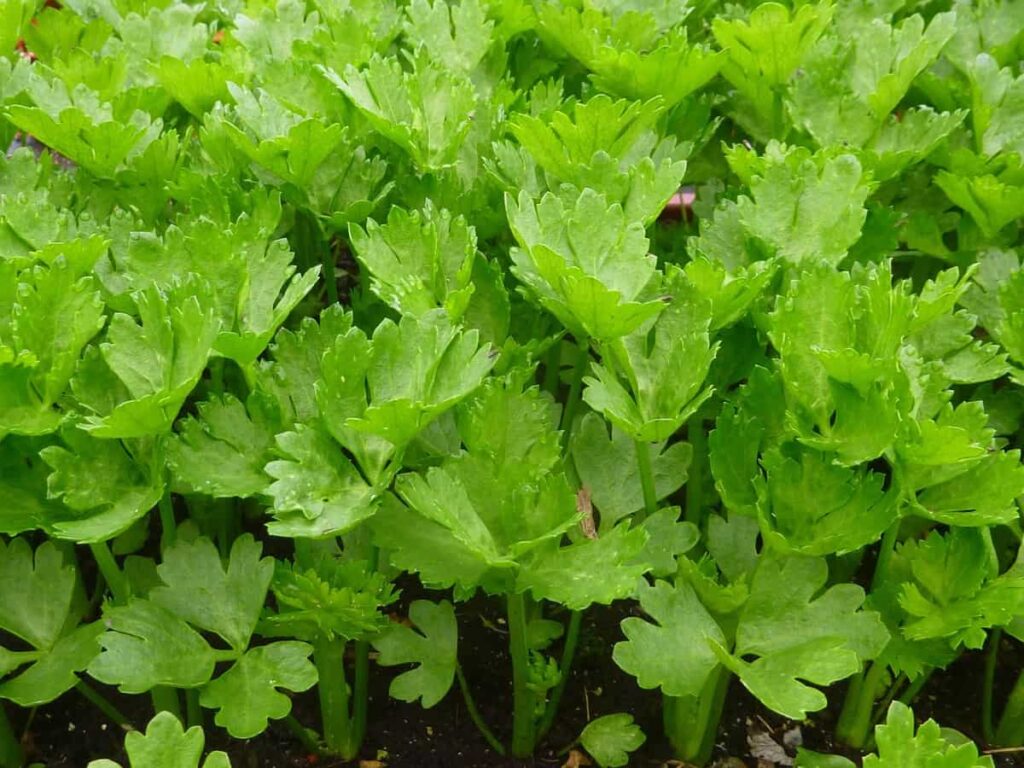
The southern part of the state will have warmer zones, 4b in several mountain communities and 5a in others. Those living in zone 5b will have an easier time cultivating winter squash than those living in zone 3b due to the extended growing season. The colder growing zones 4a and 3b are ideal for sowing leafy greens late in the summer. Learning your plant hardiness zone can help you choose the most successful plants for your climate and environment, leading to abundant harvests.
When can you plant lettuce in Vermont?
Once the ground warms up, lettuce seeds can be sown. Using fabric row covers to enclose the bed, you can prevent snow from getting in and increase the temperature of the air and soil surrounding your plants. The same can be done reverse, allowing fresh salad greens to be harvested into November. Even while lettuce grows easily, its quality can be affected by temperature. With the proper knowledge of time and variety, you can ensure a steady supply all summer long and beyond.
Lettuce grows best in mild temperatures of 60 to 65 degrees Fahrenheit as a cool-season crop. Lettuce can bolt when daytime temperatures exceed this range because it is heat sensitive. The leaves of bolted lettuce are thick and rough, and the lettuce itself has a sharp taste. Since July and August are often the hottest months, keeping a lettuce crop going becomes challenging. The secret is to plant several types of lettuce seeds at different times, especially in the summer.
When can you plant carrots in Vermont?
To ensure a bountiful crop of fall-maturing carrots, sow them 8–10 weeks before the average date of the first deadly frost. Just planting is a start. The second step is to prepare a planting area on a raised bed with soil mixed with compost. Choose the best kind there is. Try planting a few different kinds to observe which ones do best in your garden by late summer or early autumn. Try early ripening types such as the ‘Napoli,’ ‘Yaya,’ and ‘Thumbelina’ Each can be harvested in less than 60 days.
How late can I plant peas in Vermont?
Generally speaking, by late April in Vermont, the soil has warmed to a comfortable planting temperature of 50 degrees Fahrenheit for peas. Prep your planting space by giving the soil a little cultivating once it’s ready for use in the garden. Healthy pea plants can be maintained with the help of a bit of compost. Build a trellis, keeping the plant’s expected height in mind. The seed packaging will provide this information.
Pea seeds should be planted at the depth and distance from one another specified on the seed package. In as little as 55 days, you can harvest some types. The pods of both snap and snow peas can be consumed. When picking snow peas, look for pods that are fairly flat and for the peas to be just starting to develop. A rough thread around the border of certain snow peas must be removed before eating.
In case you missed it: How to Grow Cucumber Plants Faster: Best Tips to Increase Flowering, Fruiting, and Production Yield
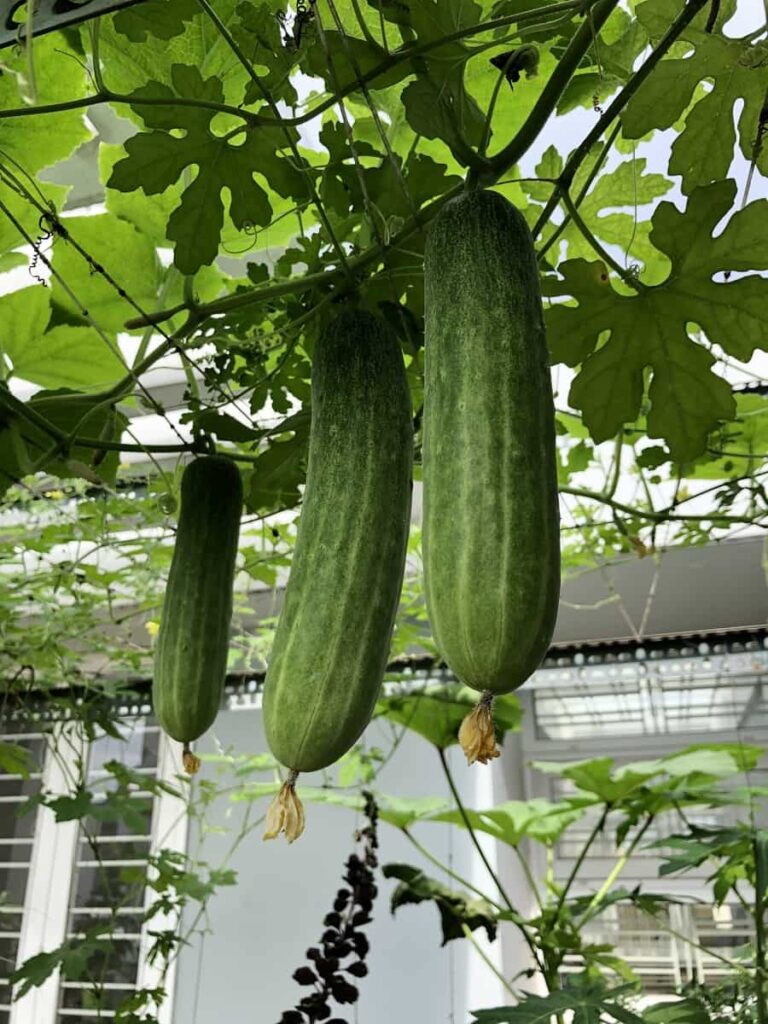
When harvesting snap peas, also known as sugar snap peas, ensure the pods are fully developed and the peas within. These peas easily overripen, ruining their texture and taste, so they must be plucked often. If you forget to pick a few pods, you may let them dry out on the vine and plant them the following year.
How do you grow broccoli in Vermont?
Many households now include broccoli as a staple in their vegetable garden or dinner table. Still, not every head of broccoli is the same. Growing broccoli can be much fun if you get your hands on one of the many rare heirlooms or hybrids available. The ‘Sante’ sprouting broccoli type is a must-try if you want something new and exciting. It’s best grown in the autumn and produces little purple heads. Due to its high nutrient requirements, broccoli does best when grown in elevated planters in compost-enhanced soil.
Fertilize your plants with organic matter periodically and upon planting. Floating row coverings or tulle work well for growing summer- and fall-blooming cultivars. This prevents cabbageworm butterflies, and Swede midge flies from laying eggs on the heads and leaves, where they’d cause harm. When harvesting broccoli, cutting back the side shoots to the main stem will cause the plant to produce fewer but larger side heads.
When to plant corn in Vermont?
When the season first begins, corn development is slow. The initial few of the plantings you do will grow at a snail’s pace. Corn grows significantly more quickly when the weather warms up around the end of May and into June. Gardeners know that early-season plantings require more time than later, but managing plantings is challenging, so they develop in a continuous trend.
What can I plant now in Vermont?
Spring vegetable planting in Vermont
Vegetables with a high tolerance to cold weather can be planted as early as four to six weeks before the last frost-free day. There is room for onion sets and potato tubers. Transplants of broccoli, cabbage, and asparagus are available. Seeds can be sown for vegetables such as collards, spinach, peas, lettuce, and turnips. Pick vegetable kinds less prone to diseases. If a vegetable has a natural resistance to a certain disease, it doesn’t imply it won’t become sick; instead, it only means it will recover more quickly and have a lower mortality rate.
Infectious fungi like verticillium and fusarium wilt may kill tomato plants. Because of its resistance to both wilt diseases, the ‘Celebrity’ tomato cultivar is a popular choice. In a plant label or gardening catalog, the initials VF next to the name of the variables indicate that it is resistant to both wilts. Dig your soil to a depth of 6-10 inches, and then use a rake to break up any clumps that have formed. Make sure the seedbed is level by using the rake.
To maximize growth, you should fertilize your vegetable garden with 1.5 pounds of fertilizer for every 100 square feet. Half as much fertilizer can be stored in a one-pound coffee tin. Put the fertilizer in the top two to four inches of soil and rake it in. Cover the vegetable garden with a two- to four-inch layer of organic materials and work it into the soil if you want to use an organic fertilizer. In addition to enriching the soil with nutrients, organic matter strengthens its structure.
In case you missed it: How to Grow Green Chilli Peppers Faster: Best Tips to Increase Flowering, Fruiting, and Production Yield
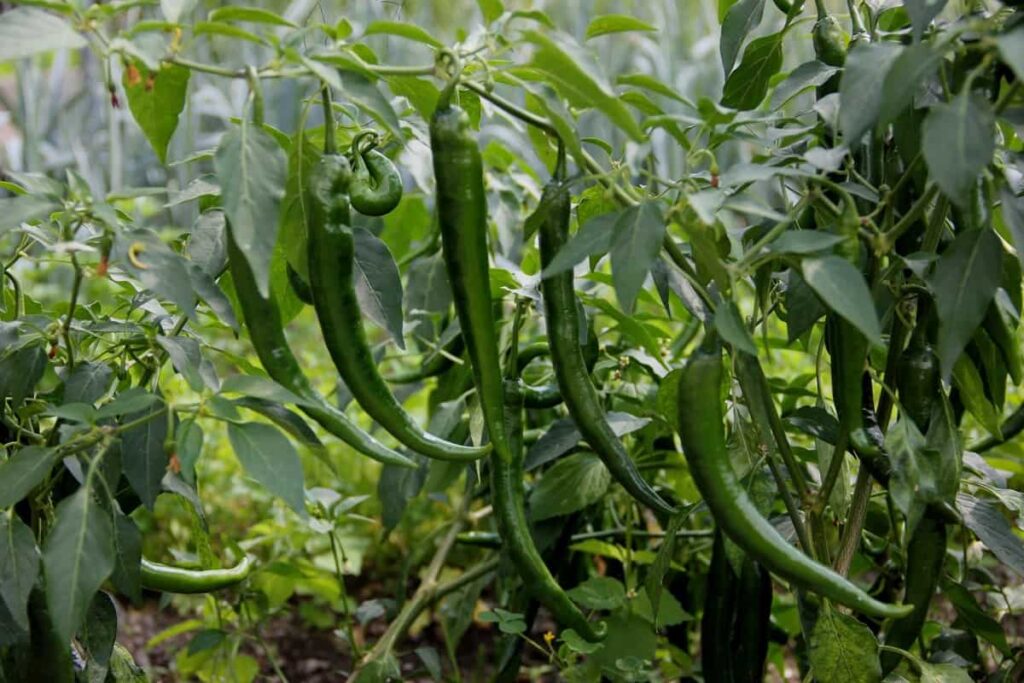
Fall vegetable planting in Vermont
Plant selection, space, and timing are the three most important aspects of a well-planned autumn garden. Quick-maturing cold-weather crops should be planted, and for some, like spinach and lettuce, utilizing starts rather than seeds can ensure a longer yield. In the autumn, when daylight hours are shorter, a plant’s growth rate slows, pushing back the expected harvest date by an additional week or two.
Many people think that only salad greens can be grown in a cold-weather garden, but many other vegetables can be planted in autumn. In the Brassica family, we find broccoli, collards, kale, mustard greens, radishes, bok choy, tatsoi, and turnips. In the Leguminosae family, we find peas and beans; in the Amaranthaceae family, we find beets, spinach, and chard; in the Apiaceae family, we find carrots.
Regarding storage, you can plant an autumn crop in any bed used for a spring harvest. Tomatoes, peppers, and other warm-weather crops take over the garden from May through October. A spring bed of broccoli can provide a fall harvest of bush beans, and a spring bed of kale and greens can yield snow peas. Lettuce should be sown in place of beets if planted in the spring. Even if you harvest your garlic in the first week of July, you can still grow it again in the autumn.
That’s why it’s crucial to design your late-spring and early-summer garden with an eye on the autumn crops you want and where to plant them. It’s also important to rotate your crops on a family level so that you don’t continuously sow the same kind of veggies into the same ground yearly. Even though it may be less successful in smaller gardens, crop rotation is still essential to prevent the overpopulation of pests and diseases that target certain vegetable families and maintain a healthy balance in the soil’s nutrient uptake.
A basic garden map is quiet useful if you want to remember where you planted things from season to season. Finally, proper planting time is essential to harvest a bountiful harvest in the autumn. You want your plants to be fully mature by the first week of November since vegetative development slows drastically once daily sunshine hours drop below 10, which is when you should plant outside.
Summer vegetable planting in Vermont
Summer planting aims to ensure a bountiful harvest in the autumn. Regular gardeners know the value of being prepared and getting a head start. All horticultural tasks need care and time spent planting. Midsummer is the best time to sow leafy greens like chard and kale and tender herbs like dill, basil, garlic, and parsley. Because this is the second time you’ll sow veggies for harvest before the winter season and frost come in, many people believe it to be the second season.
Don’t forget to factor in the varying maturation times of your intended crops. Root vegetables should be planted initially. Globe onions, carrots, and beets are all examples of such crops. Brussel sprouts, cabbage, and cauliflower are also considered leaf crops. One of the many benefits of growing greens is the wide range of options available for crop rotation. You can feed your family well all year round by planting leafy greens from early spring to late October. Don’t be afraid to pick your leafy veggies at various periods of the year, even right up to the first frost.
Other summer vegetables, however, can be planted a bit later in the season, even if some crops must be planted much earlier in the summer. Growing time for many veggies is just 30-60 days. Such plants include broccoli, spinach, radishes, turnips, chard, collards, and a variety of leaf lettuce. Broccoli and spinach, for instance, are two crops that can be grown as late as September, though this will vary by region. Later-planted crops benefit from fewer weeds and pests, allowing for easier care and maintenance.
Winter vegetable planting in Vermont
Choosing the right time to sow and the right seed are both crucial. As November approaches, a plant’s chances of survival increase dramatically if it is already well established. Some crops, including spinach, kale, and salad mixes, benefit from the freezing and thawing process, giving them a sweetness and suppleness that isn’t present in the summer. Use plastic tubing bent over beds to create low tunnels, then cover them with plastic.
In case you missed it: Onion Farming in Tamilnadu: A Helpful Production Guide for Beginners
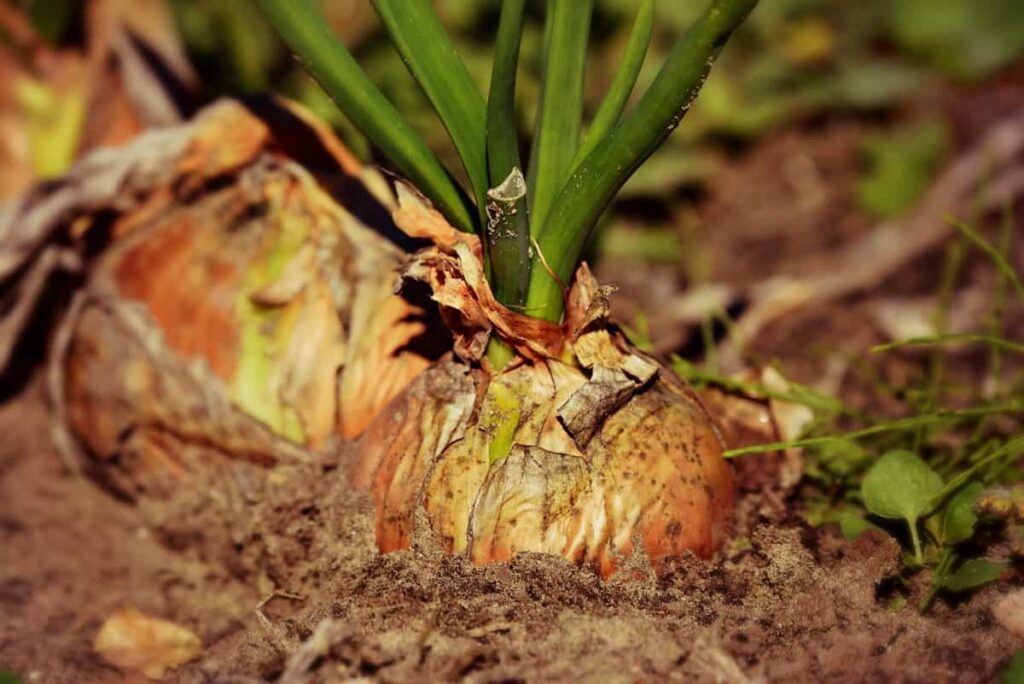
Put a lot of straw or leaves on your crops to protect them. Cover your crops with blankets, old sheets, or hanging row covers from posts. Fill a planting bed with hay bales and cover it with recycled glass. Spirulina, Lettuce, Asian greens, chard, and kale are some vegetables that can be grown in winter in Vermont.
Vermont vegetable planting calendar/chart/schedule/guide
| Vegetables | Zone 3 | Zone 4 | Zone 5 |
| Snap Beans | Mid-June to Mid-Sep | June to Mid-Sep | Mid-May to Sep |
| Lima beans | Mid-May to Mid-June | May | Mid-May to Sep |
| Beets | Mid-May to Mid-Sep | Mid-Apr to Jun, Mid-July to Sep | Apr to June, Mid-July to Mid-Oct |
| Broccoli | Mid-May to Sep | Apr to June, July to Mid-Aug | Mid-Mar to June, July to Oct |
| Brussel Sprouts | Mid-May to Mid-Oct | Mid-Apr to Mid-Oct | Apr to Oct |
| Cabbage | Mid-May to Mid-Sep | May to Mid-Oct | Mid-Apr to Oct |
| Carrots | Mid-June to Mid-Sep | Mid-Apr to June, Mid-July to Sep | Apr to Jun, Aug to Mid-Oct |
| Cauliflowers | Mid-May to Sep | May to Sep | Mid-Apr to Mid-Oct |
| Corn | – | June to Mid-Sep | Mid-May to Mid-Sep |
| Cucumber | Mid-June to Mid-Sep | June to Mid-Sep | Mid-May to Mid-Sep |
| Kale | May to Sep | Mid-Apr to June, Mid-July to Mid-Oct | Apr to June, Mid-July to Oct |
| Lettuce | Mid-May to Sep | May to June, Mid-July to Sep | Mid-Apr to June, Mid-July to Mid-Oct |
| Onions | – | Mid-Apr to Mid-Sep | Apr to Sep |
| Peas | Mid-May to Mid-Sep | Mid-Apr to June | Apr to June, Mid-July to Mid-Oct |
| Peppers | Mid-Apr to Aug | Mid-Apr to Mid-Sep | Apr to Sep |
| Spinach | May to Sep | Mid-Apr to June, Mid-July to Mid-Oct | Apr to June, Mid-July to Oct |
| Summer Squash | – | June to Mid-Sep | Mid-May to Sep |
| Tomato | Mid-Apr to Aug | Mid-Apr to Mid-Sep | Apr to Sep |
| Asparagus | Mid-Apr to May | Mid-Apr to May | Apr |
| Artichokes | – | – | – |
| Celery | Mid-May | Mid-May | |
| Chard | Early May | Early May | – |
| Chives | – | – | – |
| Eggplants | Early June | Early June | May |
| Kohlrabi | Mid-Apr to Mid-Aug | Mid-Apr to Mid-Aug | Early Apr and Late-Sep |
| Okra | Early June | Early June | Mid-May to Late-May |
| Potatoes | Mid-Apr to June | Mid-Apr to June | Early April to Mid-April |
| Radish | Apr to June, Aug | Apr to June | Late Mar to Early-May |
| Winter squash | May to June | May to June | May |
In case you missed it: Vertical Tomato Farming: Modern Way of Getting More Yields in Less Space
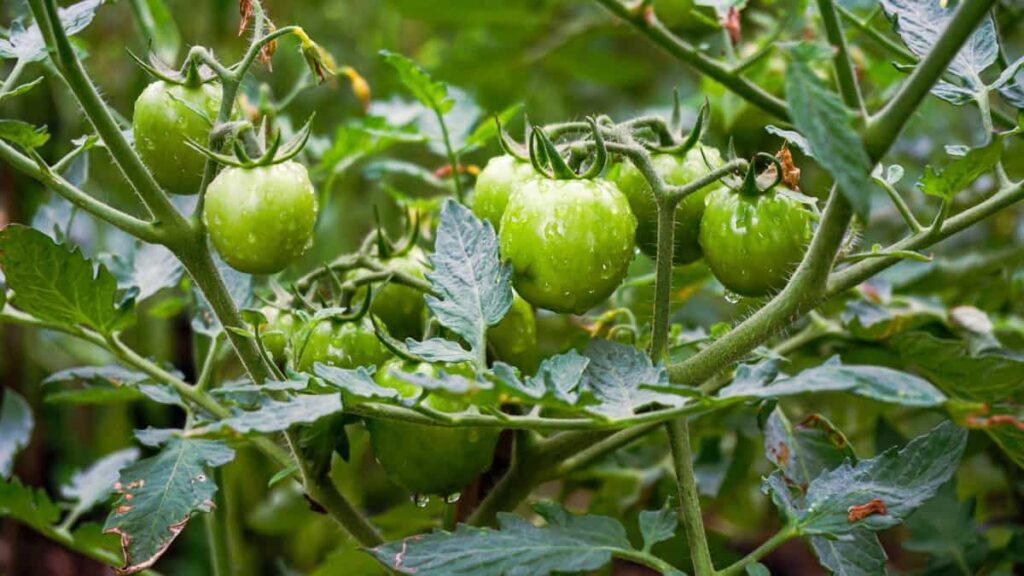
Conclusion
Vegetable gardening is a great way to get some exercise and grow some healthy food simultaneously. In gardening, there is an element of trial and error; if a plant doesn’t thrive the first time, see it as a chance to learn and do better next time. If a large vegetable garden scares you, consider a small herb garden. If you live in the following cities, towns, and counties and plan to grow vegetables in Vermont, this Vegetable Planting Calendar chart and guide will help you to set up your garden.
| Burlington | Brandon |
| Montpelier | Swanton |
| Woodstock | Fair Haven |
| Rutland | Poultney |
| Brattleboro | Enosburg |
| Bennington | Royalton |
| Middlebury | Saint Albans |
| Barre | Jericho |
| Saint Albans City | Westminster |
| South Burlington | Hartland |
| Essex | Shaftsbury |
| Saint Johnsbury | Rochester |
| Waterbury | Central Vermont |
| Shelburne | Eastern Vermont |
| Randolph | Western Vermont |
| Vergennes | Southern Vermont |
| Winooski | Northern Vermont |
- Crops Grown in Summer Season: Best Choices for Summer Gardening
- Organic Pest Control for Tomato Farming
- How to Maximize Sheep Farming Profit
- Broccoli Varieties: Choosing the Right Cultivars for Your Farm
- How to Raise Pigs in Your Own Backyard: A Comprehensive Guide
- Budget Friendly Sheep Shed Ideas: Cheap and Low-Cost Tips
- How Much Do Cattle Farmers Make: Revenue Streams in Cattle Farming
- Management Pests and Diseases in Your Cotton Field
- Sheep Farming Business Plan for Beginners
- Aquaponic Farming at Home: A Step-By-Step Guide
- Profitable Village Farming Business Ideas in 2024
- High-Yield Aquaculture: Fast-Growing Fish for Farming
- Effective Fish Pond Construction Techniques for Beginners
- Irrigation and Water Management in Pineapple Farming
- Blossom to Harvest: Mastering Flowering and Pollination in Papaya Farming
- Pig Fattening Essentials: From Selection to Sale for Beginners
- Raising Wagyu Cattle: A Complete Guide for Premium Beef Production
- Soil Types and Their Water Holding Capacity
- Optimizing Irrigation Schedules for Coconut Groves for Enhanced Yield
- Espresso Your Garden: Coffee Grounds for Healthier Acid-Loving Plants
- The Best Soil Mix for Snake Plants: How to Mix Your Own Snake Plant Soil
- Green Thumb Success: Expert Tips for Cultivating Greenhouse Beans All Year Round
- Bloom All Year Round: The Ultimate Guide to Indoor Hyacinth Care
- Eco-Friendly Gardening: How to Make Liquid Fertilizer from Kitchen Waste
- Ultimate Guide to Grow Anise in Pots: Explore Seed Propagation to Harvesting
- Guide to Raising Chester White Pigs: Discover Breed Facts to Growth Management
- Mastering the Elegance: The Ultimate Guide to Weeping Cherry Tree Care, Planting, and Maintenance
- Ultimate Guide to Planting Garlic in Grow Bags: Growing Strategies for Beginners
- How to Fix Spider Plant Leaf-Related Problems: Natural and Organic Remedies
- 10 Reasons Why Your Tulsi Plant is Shedding Leaves: Home Remedies and Solutions
- Optimizing Growth and Yield: The Advantages of Palm Bunch Ash Fertilizer
- Utilizing Neem Oil Extract as a Natural Pesticide for Hydrangea
- From Soil to Harvest: Various Ways in Which Farmers Can Use AI Tools
- Steps to Encourage and Induce Citrus Flowers: A Comprehensive Guide
- How to Fix Snake Plant Leaf-Related Issues: Natural and Organic Remedies
- Transform Your Garden into a Fragrant Oasis with Raat Ki Rani (Night Blooming Jasmine)
